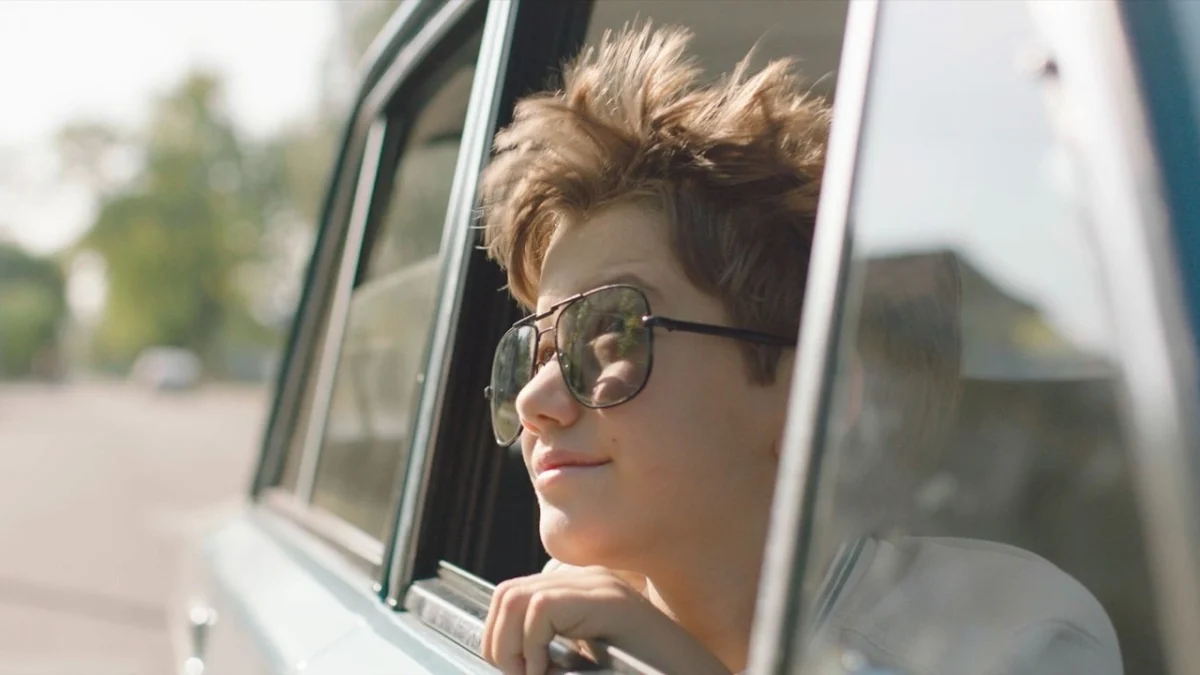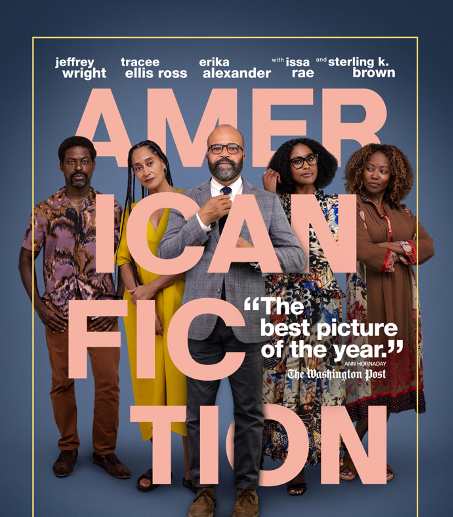
In 1982, “Tron” dazzled viewers with special effects combined with live action scenes. This medley was new for the time and was one of the first films to utilize computer animation in such an innovative way. The story follows Kevin Flynn, played by Jeff Bridges, as he is pulled into a cyber world where he is forced to fight against the evil Master Control Program.
If the story does not intrigue you, that’s fine: the film’s acclaim was mostly associated with its CGI prowess. It is well known for the scene of racing light cycles which fly across a grid-like arena with a trail of color. By today’s standards, the film is almost comical, but at the time it was quite groundbreaking. While the movie did star the young Academy Award winner Bridges, the film was only nominated for Best Costume Design and Best Sound.
In December 2010, 28 years later, the sequel “Tron: Legacy” was released in theaters. The visual comparison of the two films is equitable to watching two unrelated films. This story follows Flynn’s son, Sam, and his quest to find his missing father. His journey leads him back into the digital world where he finds much more than he bargained for. The director, Joseph Kosinski, has a background in architecture and it shows in the layout and design of the computer animation. The digital realm is a vibrant visual spectacle grounded in realism. Bridges returns in character with his on -screen son, played by Garrett Hedlund. Visually, this film stands head and shoulders above its predecessor, but the story is still a bit shaky.
The evolution of the “Tron” films is just an example of the vast difference in computer animation that audiences have followed. We are so accustomed to this visual perfection, which is fantastic because it is such a tangible and easily measurable trait to follow. It’s hard to argue when watching a film whether the story or the character development is better – as both are subjective qualities. Anyone can say a film is “great looking” because it is a tangible measure and makes us feel that we are making improvements, even when it is at the cost of things that might be more important.
The real question that arises is: if a sequel can surpass its former so much visually in less than a decade, what can we expect to see from a film in the next 28 years? What about our children’s generation or even our grandkids’? This is a vital question that plays a role in how people will view cinema for years to come. This question spirals infinitely into others on the effects of visual effects and, more importantly, when they start to take away from the film itself.
The numbers suggest that this industry is bound to grow. In an Occupational Outlook by the Bureau of Labor Statistics, it is predicted that, “Employment of multimedia artists and animators is expected to grow by 8 percent from 2010 to 2020.” This trend proves that the future of animation is strong and prosperous for the future.
No matter what, we will always want the clearest, most crisp picture. There is no feeling comparable to that of watching a sports game around a huge, high definition television. It makes us feel less like a viewer and more like a participant in life. Whether it is a football game, intergalactic war or a fight for survival against the undead, we want to feel like we are there. The future of computer animation is definitely uncertain, but the one certainty is that we will all be watching.
Jeff Mitchell can be reached at [email protected]












